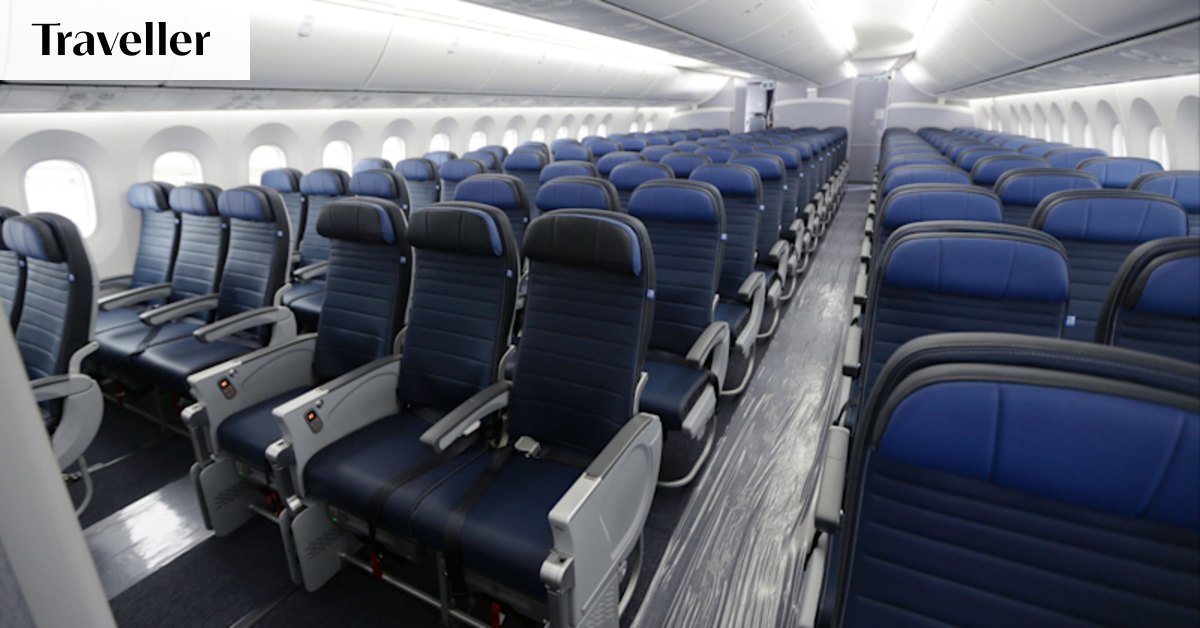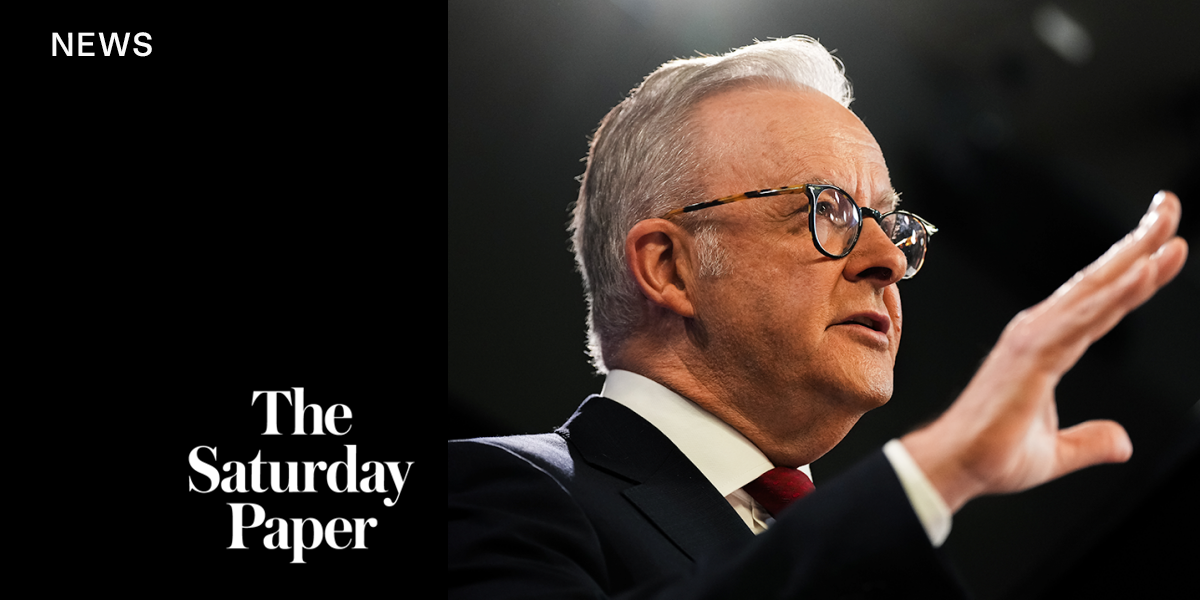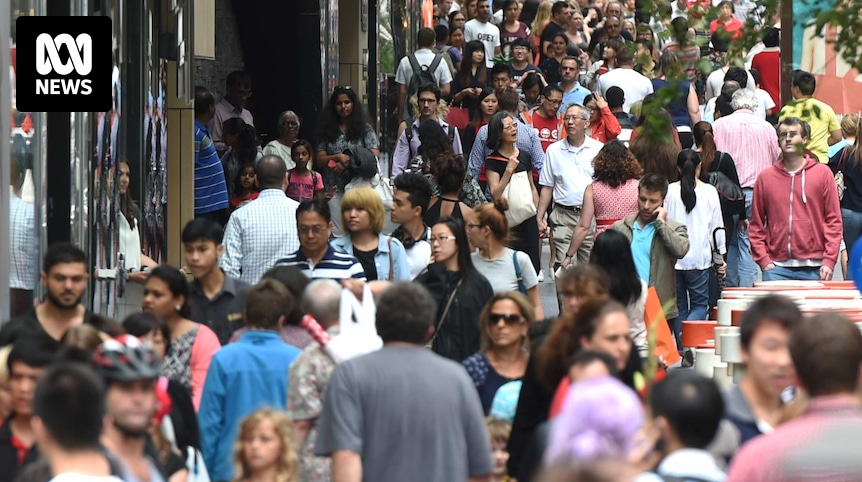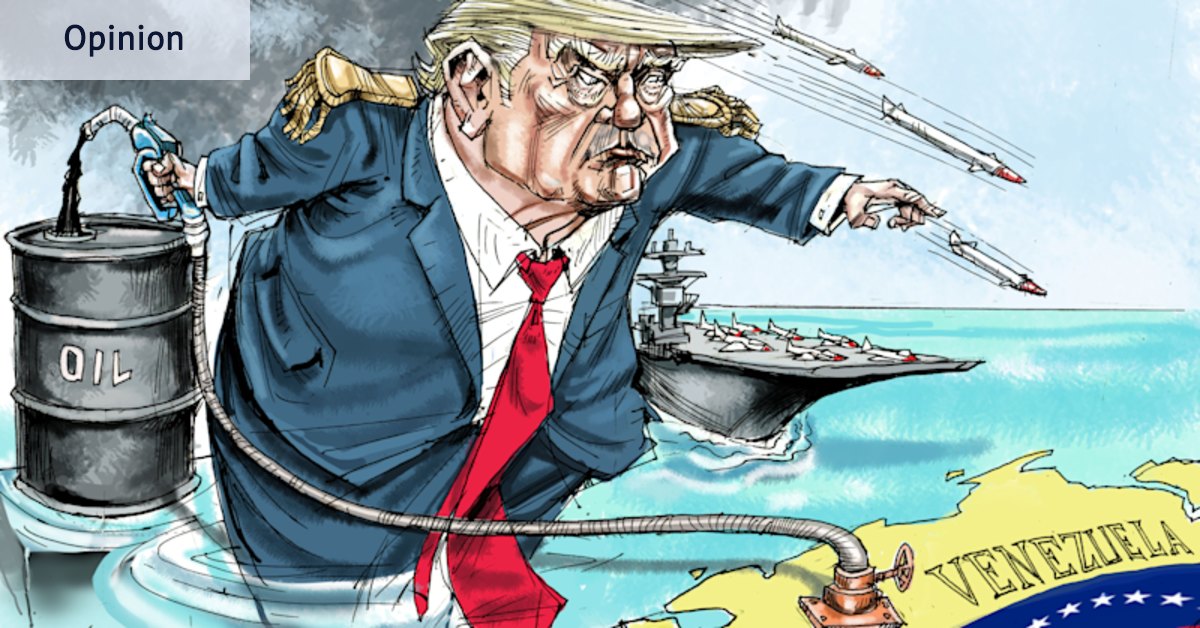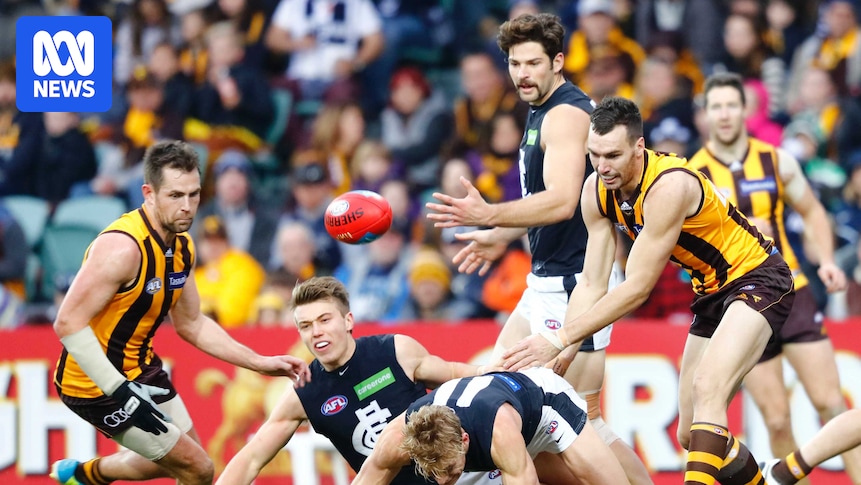
As the debate over Tasmania’s proposed Macquarie Point stadium rages on, a persistent question emerges: why can’t the Tasmanian AFL team be based in Launceston, playing out of York Park? This query has been a focal point for many Tasmanians, particularly those who participated in the ABC’s state election “Your Say” forum.
Despite its reputation as a solid football venue, York Park, even with planned upgrades, falls short of being a suitable primary home ground for the Tasmanian Devils. According to Austadiums.com, the stadium’s current and future capacities do not meet the requirements for hosting major AFL matches.
Challenges Beyond the Stadium
While York Park boasts one of the best playing surfaces in the nation, the real issue lies not with the stadium itself but with its location in Launceston. The Tasmanian AFL task force, in its 2018 business case for the Devils, highlighted significant challenges in player, coach, and staff retention if the team were based outside Hobart.
According to the task force, Hobart offers better infrastructure for attracting and retaining personnel, including air links, partner jobs, schools, and general demographics. The majority of the playing roster is expected to be from interstate, making accessibility a crucial factor.
Expert Opinions on Location
Former AFL commissioner Colin Carter supported the task force’s findings, emphasizing Hobart’s lifestyle, services, and connectivity. He noted that half of Tasmania’s population resides in Hobart, which also offers a lower cost of living compared to mainland Australia.
Tasmanian commentator Tim Lane echoed these sentiments, arguing that the capital city’s infrastructure should be leveraged to support a professional football team. He warned that situating the team in a regional city like Launceston could weaken the overall case for a Tasmanian AFL team.
“The idea of putting it in a regional city of lesser population, infrastructure and everything else is something that could be seen to weaken the case,” Lane stated.
Capacity Constraints and Financial Viability
The capacity of York Park is another significant hurdle. James Avery, CEO of Stadiums Tasmania, explained that even after redevelopment, the stadium would only hold 17,500 patrons, falling short of the forecast average Devils crowd of 18,000. This is well below the 23,000 capacity needed for games against higher-drawing clubs.
Brendon Gale, CEO of the Tasmania Football Club, argued that a smaller stadium would lock fans out and hurt the club financially. He emphasized the need for a venue that can accommodate the demand for access and affordability.
“Our average crowd forecast on a conservative basis is at 18,000 which is already outside the capacity of existing stadia,” Gale noted.
Alternative Options: Bellerive Oval
Some have suggested Bellerive Oval as an alternative, but it too faces limitations. The cricket ground can host football games, but with only 13,000 seats, it cannot meet the demand of the Devils’ fan base, potentially costing the club millions annually.
The Tasmanian AFL task force previously dismissed the idea of long-term use of Bellerive, citing its suburban constraints and inadequate capacity for a professional team.
Demographic Considerations
Demographics also play a pivotal role in the decision-making process. Hobart’s population density and proximity to a larger portion of Tasmania’s residents make it a more logical choice for the team’s base. Approximately 50% of the state’s population lives within an hour’s drive of Hobart, compared to 30% for Launceston.
The proposed split for Devils games from 2028 reflects this demographic reality, with seven games in Hobart and four in Launceston. While a Launceston-based team might benefit the city, it would not serve the broader Tasmanian football community effectively.
The AFL lists the record attendance for York Park as 20,971, when the Hawks played Richmond in June 2006.
In conclusion, while York Park is a cherished venue, its limitations in capacity, location, and demographic reach make it an impractical choice for the primary home of Tasmania’s AFL team. The focus remains on finding a solution that balances the needs of the team, its fans, and the broader Tasmanian community.
